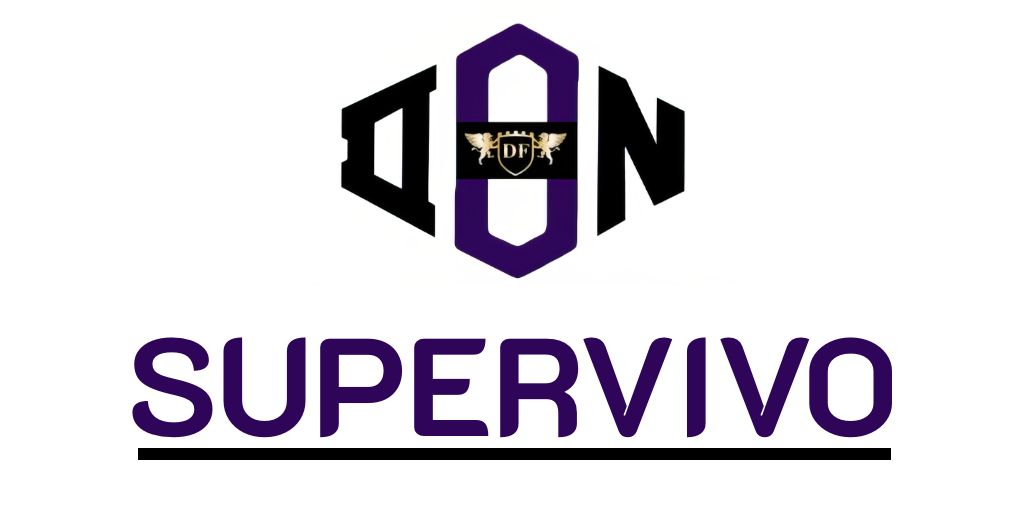In the fast-paced world that busy professionals navigate daily, adopting effective productivity techniques is crucial for achieving optimal efficiency and maintaining a healthy work-life balance. By prioritising tasks and employing time management skills, individuals can streamline their workflows and enhance their overall performance. Research from the American Psychological Association highlights that incorporating such efficiency strategies not only alleviates stress but also fosters improved outcomes in the workplace.
Embracing minimalist organisation methods, coupled with the utilisation of productivity tools like Trello, Asana, and Evernote, can revolutionise a professional’s approach to task management. Furthermore, studies from the University of Illinois emphasise the importance of regular breaks, revealing that stepping away from work can significantly boost focus and creativity. These habits are indispensable for busy professionals striving for success in their demanding environments.
Understanding Productivity Challenges
In today’s fast-paced professional landscape, many individuals encounter a myriad of productivity obstacles that hinder their performance and well-being. As work environments evolve, especially with the rise of remote working, the challenges of maintaining focus and efficiency have become even more pronounced. Professionals often face distractions from technology, poor time management issues, and a lack of clear goals that can significantly impede their ability to thrive in the workplace.
One of the predominant barriers to productivity is the common experience of multitasking, which, as research from the University of California indicates, can reduce productivity by as much as 40%. This highlights the necessity of promoting a focused approach to work. Furthermore, the overlap of personal and professional responsibilities, particularly in a home office setting, frequently leads to blurred boundaries. These blurred lines can disrupt concentration, contributing to an environment where work distractions thrive and inhibit a seamless workflow.
Compounding these challenges, poor workplace ergonomics, as reported by the Health and Safety Executive, can also detract from productivity levels. Whether it’s an uncomfortable chair or an unsuitable workspace, these factors may cause physical discomfort or fatigue, further affecting performance. To address these professional challenges, implementing strategic solutions such as establishing a dedicated workspace, utilising apps that minimise distractions, and setting SMART (Specific, Measurable, Achievable, Relevant, Time-bound) goals can significantly enhance accountability and streamline progress tracking.









